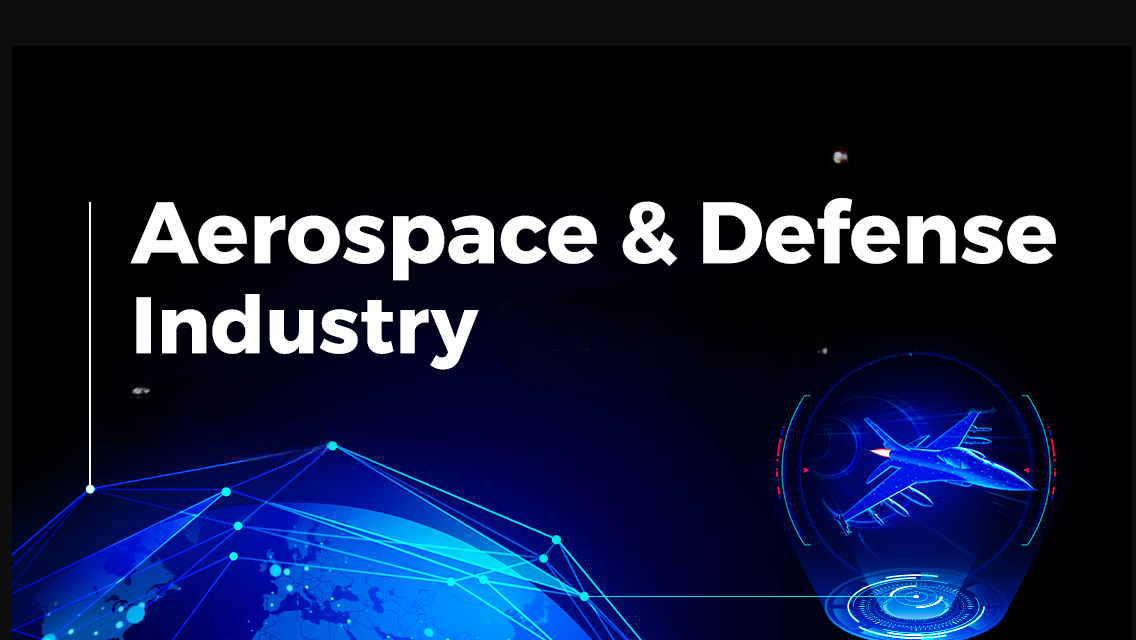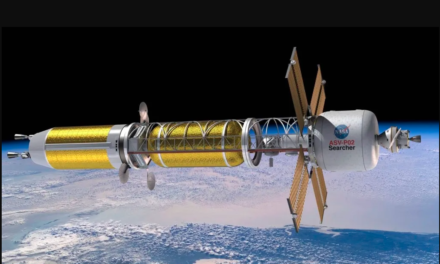Space exploration missions in the aerospace and defense industry are driven by a mix of scientific, technological, strategic, and economic objectives. These missions aim to expand human knowledge, advance technology, enhance national security, and foster global collaboration. Here are the primary objectives:
1. Scientific Discovery
- Understanding the Universe: Investigating the origins, evolution, and structure of celestial bodies, galaxies, and the cosmos as a whole.
- Planetary Science: Studying planets, moons, and other celestial bodies to understand their geology, atmospheres, and potential for supporting life.
- Astrobiology: Searching for signs of life, particularly on Mars, Europa, Enceladus, and exoplanets within habitable zones.
2. Advancing Technology
- Innovation in Aerospace Systems: Developing cutting-edge technologies in propulsion, robotics, materials, and energy systems that can benefit both space and terrestrial applications.
- Testing New Technologies: Using missions as platforms to test emerging technologies like reusable rockets, AI-powered autonomous systems, and advanced sensors.
3. National Security and Defense
- Space-Based Surveillance: Enhancing capabilities for monitoring Earth and near-Earth space for defense purposes, such as detecting missile launches and tracking satellites.
- Satellite Resilience: Protecting space assets from threats like cyberattacks, jamming, and collisions, and ensuring operational continuity in critical systems.
- Strategic Advantage: Maintaining leadership in space as a key element of national security and geopolitical influence.
4. Resource Utilization
- In-Situ Resource Utilization (ISRU): Developing methods to extract and use resources like water, minerals, and rare elements from the Moon, Mars, and asteroids.
- Energy Harvesting: Exploring space-based solar power as a sustainable energy source for Earth and space missions.
5. Economic Development
- Commercial Opportunities: Supporting the growth of the space economy by enabling commercial ventures such as satellite deployment, space tourism, and mining.
- Global Space Markets: Strengthening partnerships with private companies and fostering innovation to make space exploration more cost-effective and accessible.
6. Human Exploration and Colonization
- Expanding Human Presence: Establishing sustainable human habitats on the Moon and Mars as part of long-term goals for space colonization.
- Understanding Human Adaptation: Studying the effects of long-term space travel on the human body to prepare for deep-space missions.
- Mars Missions: Preparing for crewed missions to Mars, which are considered critical milestones for humanity’s future in space.
7. Climate and Earth Monitoring
- Earth Observation: Using space assets to monitor climate change, natural disasters, and environmental degradation.
- Global Navigation and Communication: Supporting GPS, communication networks, and data transmission crucial for modern life and commerce.
8. Global Collaboration
- International Partnerships: Promoting collaboration between nations through joint missions, shared research, and technology exchange, fostering peaceful use of space.
- Regulatory Frameworks: Contributing to the development of international laws and norms governing space activities.
9. Education and Inspiration
- STEM Promotion: Inspiring the next generation of scientists, engineers, and innovators through ambitious space missions.
- Cultural Impact: Advancing humanity’s understanding of its place in the universe and inspiring a sense of unity and curiosity.
10. Mitigating Risks
- Planetary Defense: Identifying and mitigating risks from asteroids and comets that could pose threats to Earth.
- Space Debris Management: Developing strategies to track, manage, and reduce space debris to ensure the sustainability of space activities.
Emerging Trends in Space Exploration Objectives
- Sustainability in Space: Focusing on environmentally responsible practices, such as reusable launch systems and minimizing waste.
- AI and Automation: Leveraging AI and machine learning to analyze vast data sets, enhance decision-making, and enable autonomous missions.
- Private Sector Leadership: Increasing reliance on private companies to drive innovation, reduce costs, and accelerate mission timelines.













